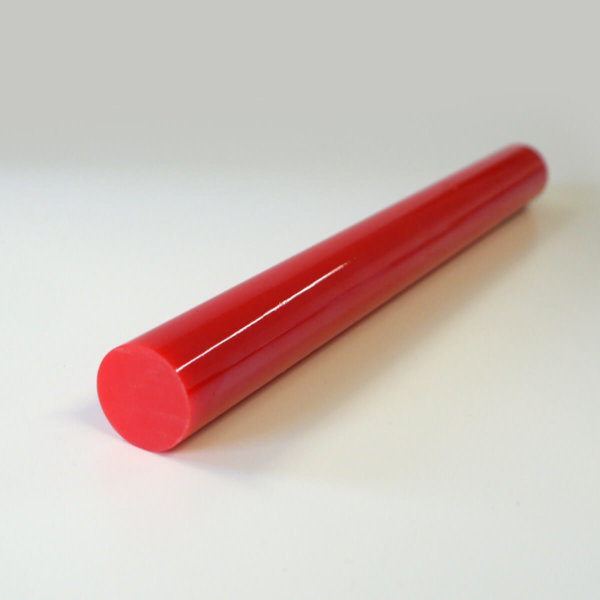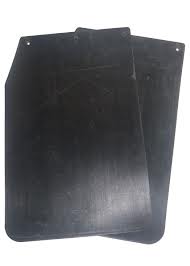Water jet cutting is a versatile and powerful method that enables work on a wide range of materials of varying thickness, with minimal damage to the material and low costs. Given the power of water jet cutting however, it’s important that a high level of accuracy is maintained throughout the process.
The water jet is controlled via a PC, using CAD-CAM software to design the model and direct the water jet. CAD (Computer Aided Design) software is used to create a model for the jet to follow – it simulates the design requested while also troubleshooting any potential flaws it may have. CAM (Computer Aided Manufacturing) is the software used to create the actual physical product.
The CAD model is converted into DWG files, which are converted by a numerical control program into numerical files that can be read by the computer. CAM software provides instructions to the water jet based on these files – the information derived from the model forms a path, and the water jet cuts according to this path until the product is complete.
Related article: Water Jet Cutting: What Is It And What Materials Can It Cut?
CAD-CAM
Providing a great deal of accuracy in the water jet cutting process. The detailed construction of a model and its conversion into numerical information is far more faithful than following a design by eye would be. In addition, the ability of CAM software to direct the movements of the machine exactly according to this information offers precision far beyond what would be capable of operating a machine by hand.
In addition, water jet cutters use a servo system to ensure accuracy. A servo system takes the numerical information the machine has been provided and assesses whether or not the water jet is accurately following its course. If a servo system detects a discrepancy between the machine’s position and the path it needs to follow, it automatically alters the movement of the water jet to ensure it adheres to the program that has been set.
As a result of the work these systems do, water jet cutting can be performed with an extremely high degree of precision, accuracy, and quality assurance. Water jets can cut a vast array of materials – such as wood, hardened steel, leather, vinyl, and glass – up to 10 inches in thickness without damage to the material, excessive waste, or prohibitive production costs.
There are also two kinds of water jet cutting – pure water jet cutting, and abrasive water jet cutting. Pure water jet cutting involves, as the name suggests, pure water being pumped at high pressure through a small opening. It is fast, wastes very little material, and can be used for thick or thin substances. A lack of abrasive substances makes it suited to cutting softer materials, such as paper, fabric, or even food.
Related article: How Does Water Jet Cutting Work?
Abrasive water jet cutting involves feeding an abrasive element – most commonly garnet – into the water before it is pumped out. The presence of the abrasive element drastically increases the cutting power of the water – making it suitable for cutting harder materials such as aluminium, steel, and even titanium.
Compared to other processes, water jet cutting (both pure and abrasive) offers many benefits. A lack of mechanical stresses make tool wear and deformation much less of a problem; additionally, the fact that it does not produce heat means the material does not end up with Heat Affected Zone(s) (HAZ). There is little material wastage, and the finish on the cut is smooth with little to no burr. The operation and maintenance costs of water jet cutters are also much lower than other instruments (such as laser cutters). Overall, water jet cutting provides a versatile, precise, and high-quality service.
Want to find out how much it will cost to make your products?




